Marvel’s Spider-Man Remastered, another Playstation exclusive, has finally arrived on PC. When the game originally launched, it got a lot of positive reactions, so I was quite excited to get my hands on it. I also wanted to see whether its PC version would be polished or not. So, here are my thoughts after fully completing the campaign and all of its DLCs.
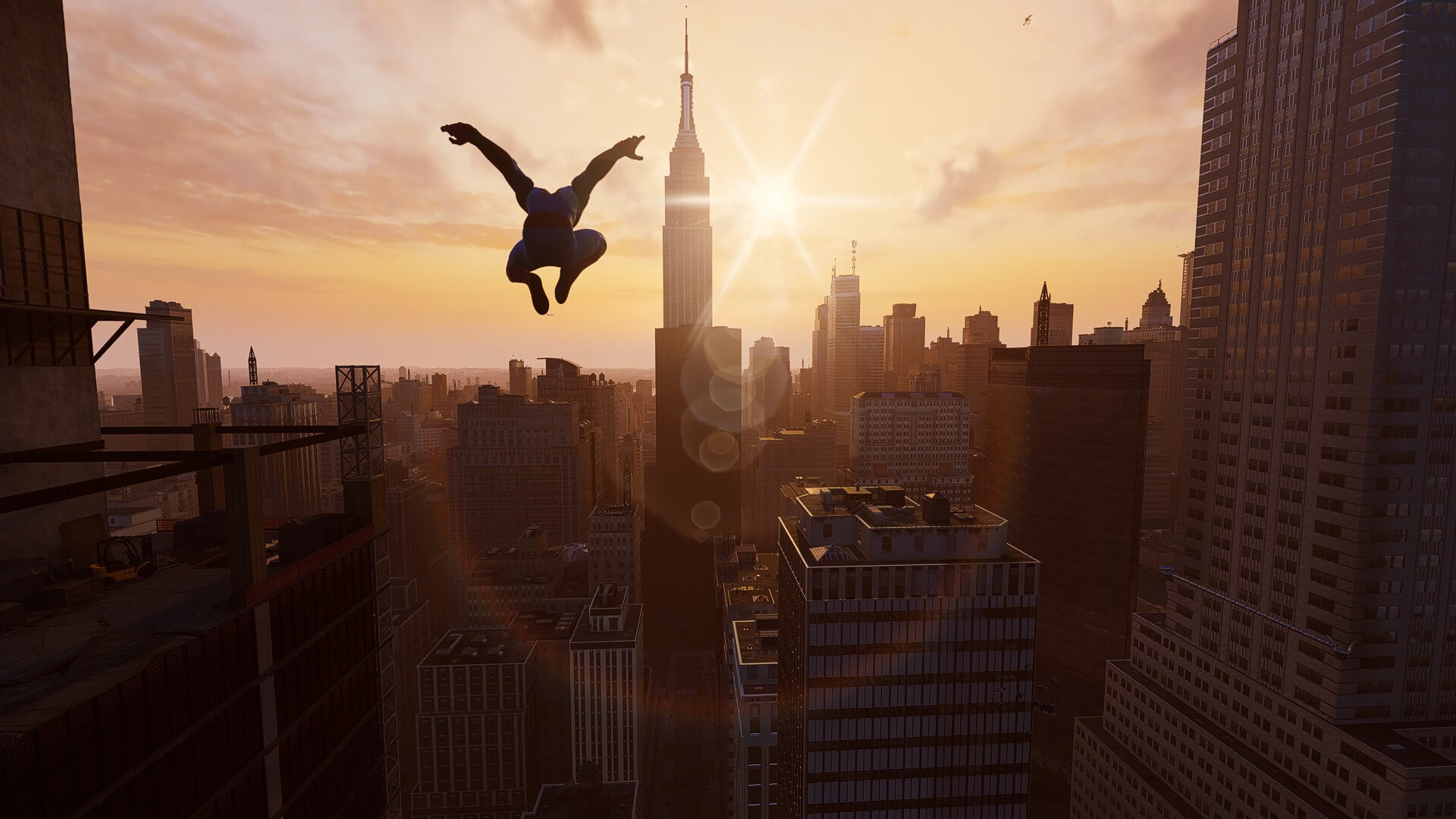
Story
Discussing the story is somewhat of a challenge since there will be inevitable spoilers, so I won’t tread there. While the story is not the most original, and is par for the course for a superhero-themed game, it does an excellent job of moving the narrative forward. The voice acting is very good and most of the characters are well realized and have depth. As a result, the quality of the story segments kept me invested throughout my entire playthrough. While it’s not particularly thought provoking or deep, it’s still entertaining while it lasts. The main campaign will likely last you around 20 – 25 hours depending, and the 3 DLCs are pretty short, coming in at around 10-15 hours combined at a stretch.
Graphics
Nixxes has done a pretty good job with the PC port. The PC version has plenty of graphical options to suit your specific setup, therefore you’ll be able to tweak them to get the performance/visual quality you’re happy with.
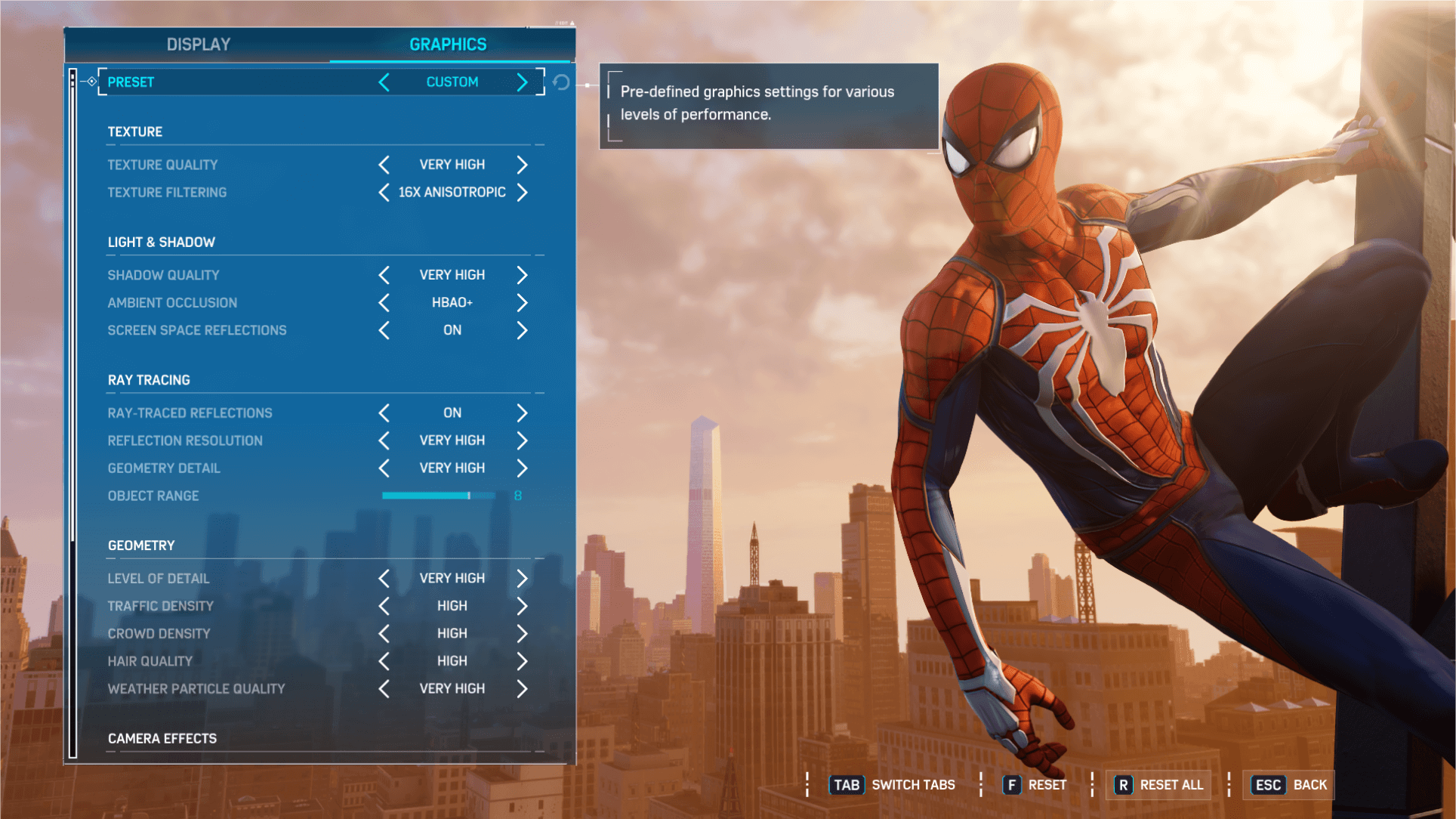
Performance overall was fine for me with the game on Very High, and some custom Raytracing settings (nearly max). I should note though that I’m running on an i7 12700k with an RTX 3080. When I tried to play the game on an older system with a Ryzen 5 3600x and an NVIDIA 1660 Super, I encounter some performance challenges, though I was able to get a very playable experience on Medium settings. With Medium, I was able to maintain 60+ish with some occasional dips depending on the situation.
Marvel’s Spider-Man Remastered looks good on Max Settings, even without its Raytracing effects. The cityscape is very impressive, and the view distances and its sheer scale is definitely a sight to behold, especially for a 4-year-old game. The streets are full of cars and people which add to what is already an immersive experience. While the interaction with cars and civilians is very limited (with the exception of specific crime events), it still creates a believable bustling city.
Regardless of whether it’s day or night, with or without ray tracing, the city is visually very impressive and I found myself taking pauses to take screenshots (via photo mode) quite frequently.
Gameplay
Marvel’s Spider-Man Remastered is at its core an open-world superhero game. While it’s more focused than others, it still follows the formula we have come to expect from open-world games these days. The map is divided into zones, with each zone having towers that need to be unlocked to see all the collectables, and open-world activities in each area.
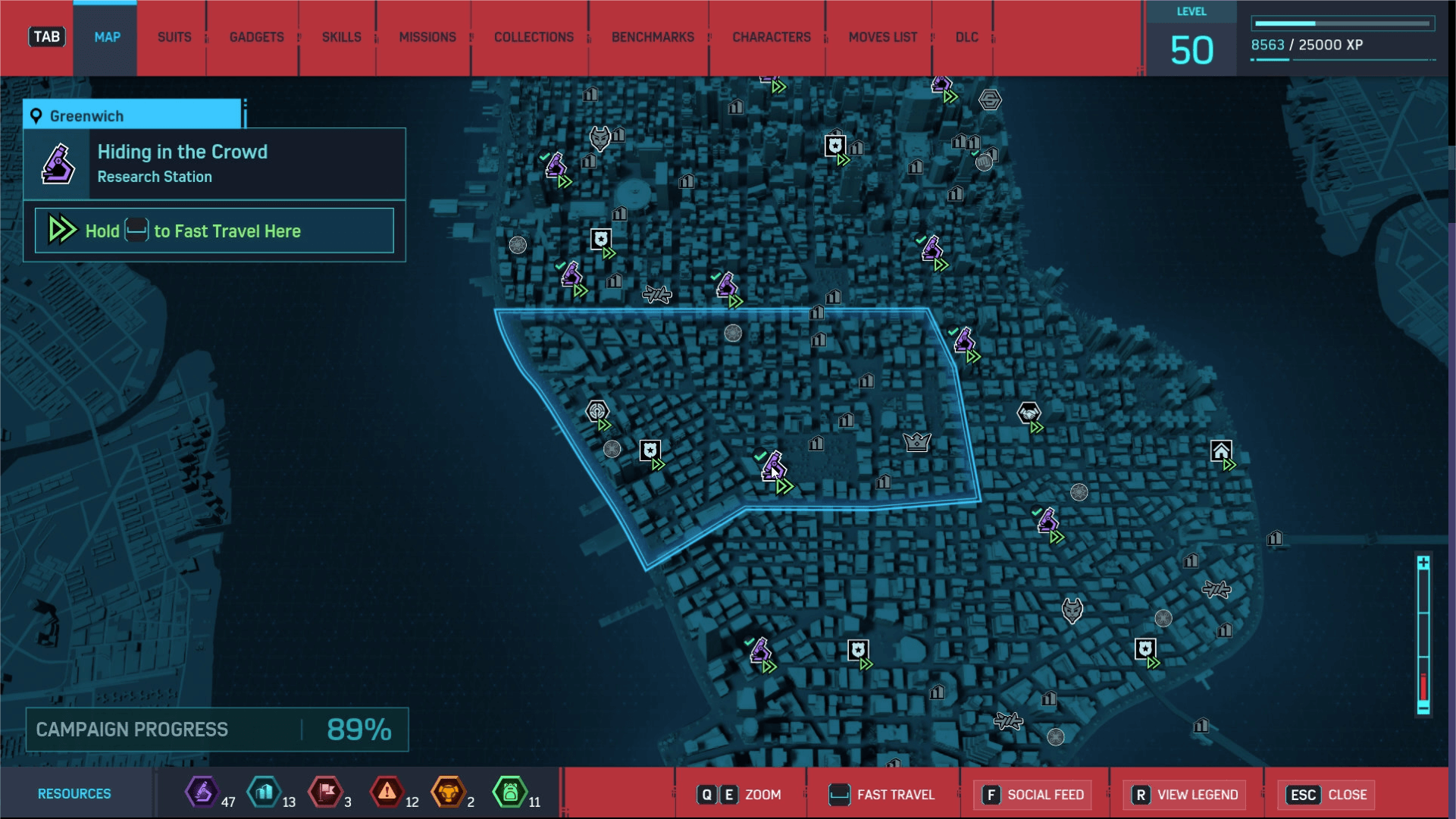
Traversing the city feels great. I thoroughly enjoyed web-slinging through the urban jungle. However, you probably won’t spend that much time on the ground. Well… I’m saying this because… I didn’t. Most of the time I was above street level swinging around between collectibles, activities and missions.
The game has night and day settings, though it doesn’t have a dynamic time-of-day cycle. As such, the time of day changes based on the current mission. However, once you finish the game you’ll be able to switch between night and day from any of the research stations scattered around the city.
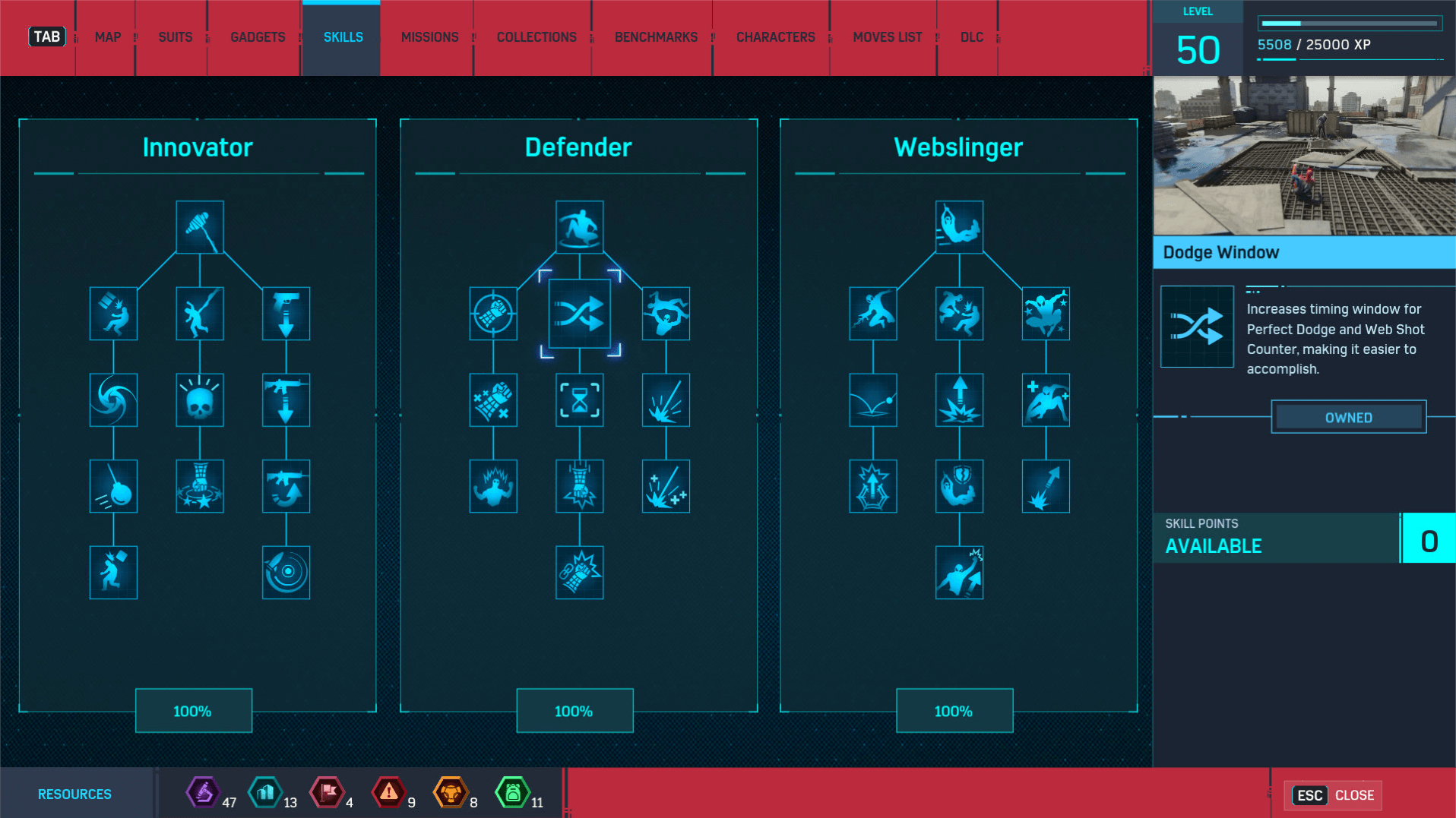
Marvel’s Spider-Man Remastered also has a level progression system. Leveling up increases your base health, your damage and occasionally your web-slinging speed, and rewards you with a skill point. There are 3 skill trees, so you are free to unlock skills in whatever tree you choose as long as you have the prerequisite skill in that tree. While some of them are passive upgrades to existing abilities, many of them add new moves and abilities as well, which is nice. You will eventually unlock them all since you will accumulate plenty of points as you make your way through the game.
Unlocking the various suits also unlocks a suit power associated with them, and each suit can be equipped with 3 passive abilities which can be unlocked with resources. Some of these are certainly more useful than others, but what you choose will depend on what your playstyle is. Some add more damage or give more XP rewards from combat, faster regeneration for your focus, less damage from melee attacks or bullets and such. All in all, they add a welcome variety in case you want to experiment with them.
What’s also great is that once you have unlocked a suit, you can mix and match, so you won’t be locked into a specific suit if you want a specific power. This is great since it allows you to set up Spidey in a way that suits your playstyle, or for specific encounters, while also wearing whatever suit you prefer. And there are quite a few to unlock in the game. Gadgets are unlocked as you progress through the story as well, up to a total of 8. They can all be upgraded, adding more uses, more range etc.
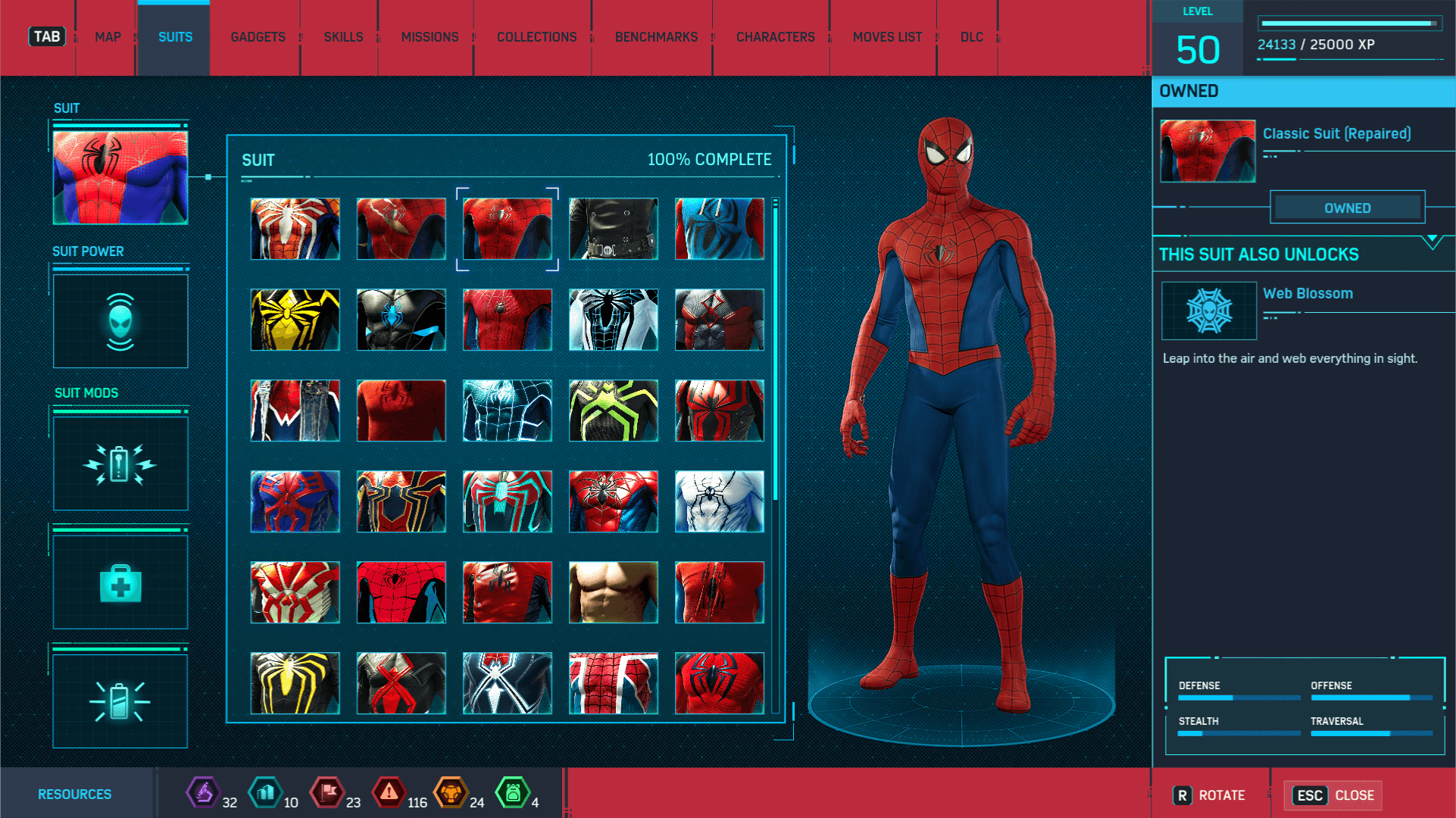
The game also has several side activities available. There are collectables, crimes, research stations, challenges and faction bases that you get to fight your way through. The faction bases were by far my favorite, and my least favorite were the screwball challenges. All of these activities reward specific resources and XP that allow you to upgrade your gadgets, as well as unlock new suits and new passive suit abilities.
Sometimes I find these collect-a -thons quite tedious. Thankfully, the game is not filled with as many as in most of Ubisoft’s titles, so I never really felt it became a grind to complete them. Not only that but most of these can be done while traveling between story missions or side missions. It’s not necessary to grind these out either because you will have fully upgraded most of your gadgets and passive skills by the time you reach the end game if you stick to the main story. The only time I did feel like it started to get repetitive was when I was trying to 100% each zone after I’d completed the campaign (and the zone of each DLC, since each DLC when loaded has different side activities).
The game also offers a new game+ option where all suits and powers are unlocked and you keep all your skills, as well as gain access to the Ultimate difficulty mode. The game also has a pretty decent Photo Mode if that’s your thing.
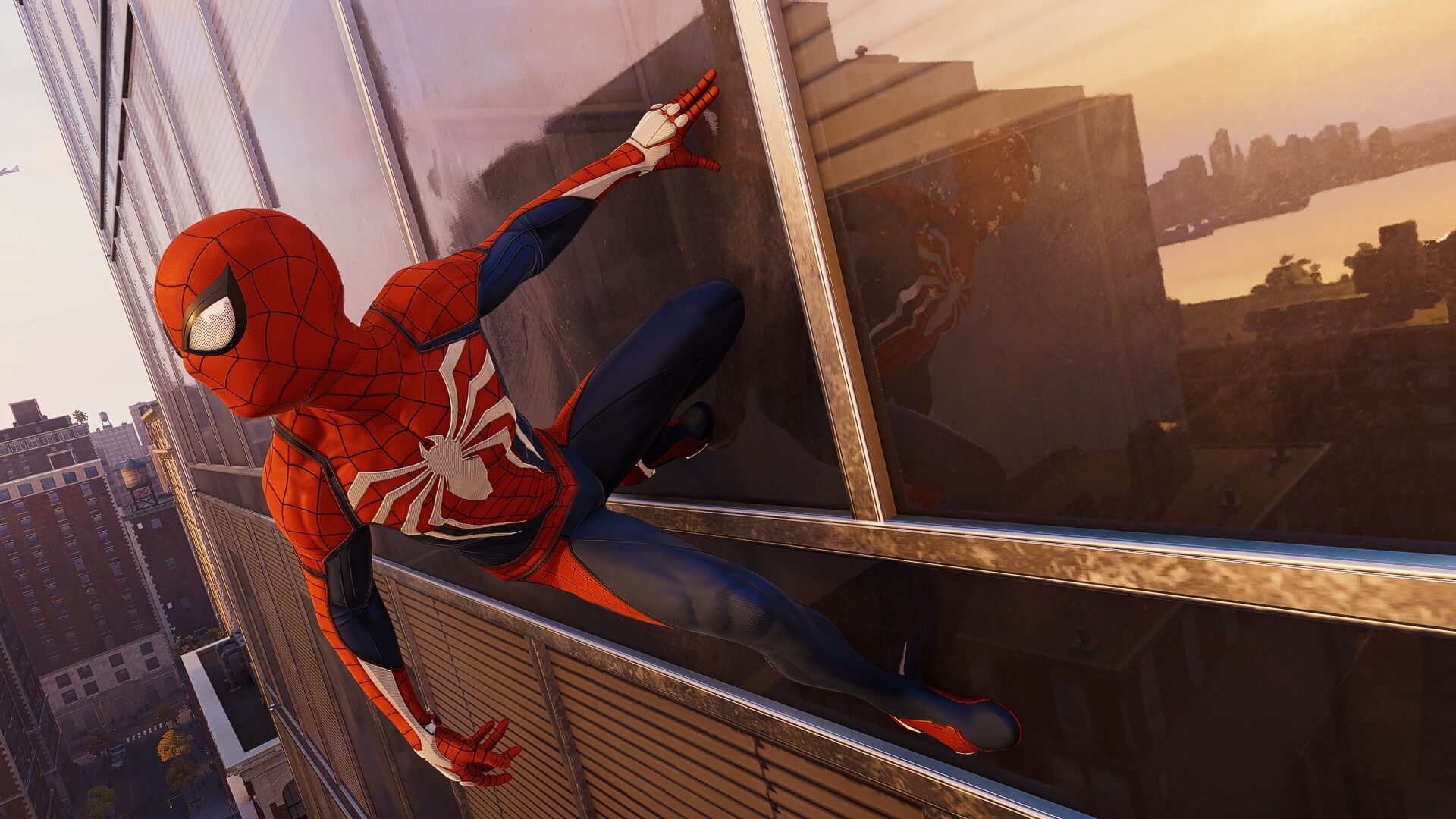
Combat
Aside from traversal, combat is the thing you’ll be spending the majority of the game doing. The system takes after the flowing combat found in the Arkham Asylum series. You’ll be fighting varied groups of enemies, while dodging attacks, using gadgets, performing finishers and building up a combo meter (which allows you to use your suit’s ability when it’s full).
Several encounters, mainly the base missions and some story missions, start off in stealth, so you can pick off a number of enemies before engaging fully. Sneaking around on rafters and jumping between lamp posts while using your webs to neutralize enemies or string them up was nice, and reminded me of the stealth section you can find in the latest Batman games.
The enemies are fairly varied as well. You’ll be fighting against different factions throughout the game, each having its own unique units mixed in with the base variations found in every faction. While I’m not going to go into all of them here, you have your ranged units which will fire at you from a distance, large brutes that you need to stun before attacking, weapon-wielding enemies that need to be launched into the air, or shield enemies which need to be attacked from behind. Pretty run-of-the-mill for the most part though.
While the system is not new, or particularly groundbreaking, I found it very enjoyable. Still, it was certainly on the easy side, even on hard mode. The combat is fluid, the animations look great, and depending on who you are fighting you’ll need to adjust your tactics. Aside from melee attacks, you can also use your gadgets in fights which vary things up and allow for some creativity in how you choose to deal with each encounter. However, with the mouse and keyboard, there was an issue with aiming gadgets while airborne which I’ll talk about a little later. For the most part, though, it’s fair simple to use the gadgets. By pressing the middle mouse button you bring up a radial menu where you can select the gadget you want to use (which slows time while in the menu). By fighting your enemies, you can refill these gadgets. However, you don’t get to choose what is refilled. From what I could tell, it happens randomly.
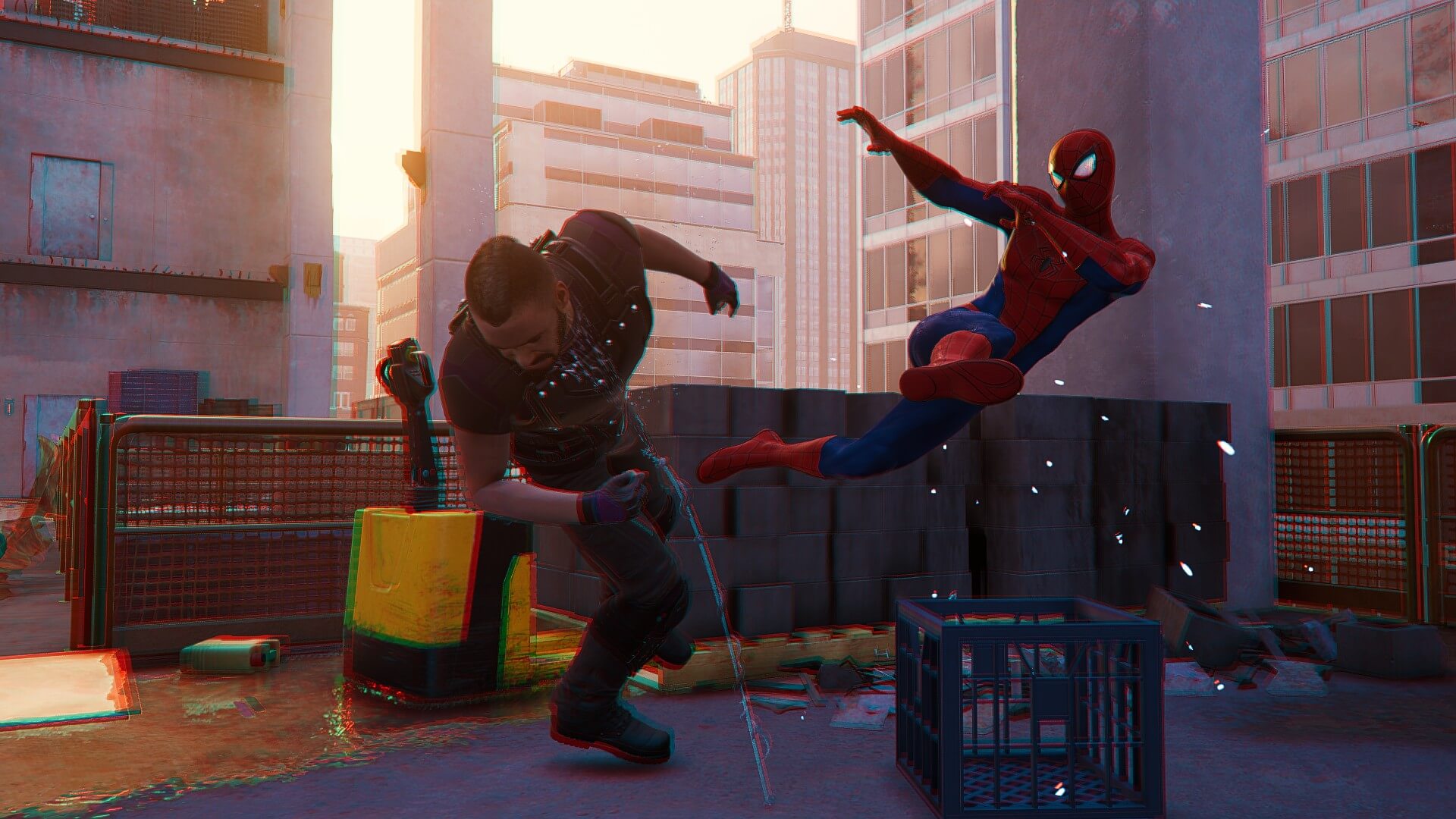
There are several boss encounters throughout the various campaigns, most of which have some quick time events mixed in. These QTEs are not obnoxious or annoying, but they are there. Obviously, I’m not going to go into specifics about any of these encounters, but most of them were pretty easy and somewhat predictable as far as mechanics go. Nevertheless, they were enjoyable, and I never felt any of them overstayed their welcome, dragged out or became unfair.
There are also plenty of puzzles to do, mostly in Otto’s lab, though you can find a few inside missions or activities. The puzzles themselves are not difficult, but some may find that they interrupt the flow of the game. They come in two flavors. The first type requires you to connect the current between two points, and then balance the voltage. The second type requires you to use strips to match the required layout. These puzzles get a bit more complex as you get further into the game, and reward a necessary resource, and they never really annoyed me. For those of you that are not interested in actually doing these, it’s entirely possible to disable them via the options menu, which is a nice addition. I’ll likely skip these in my new game + playthrough.
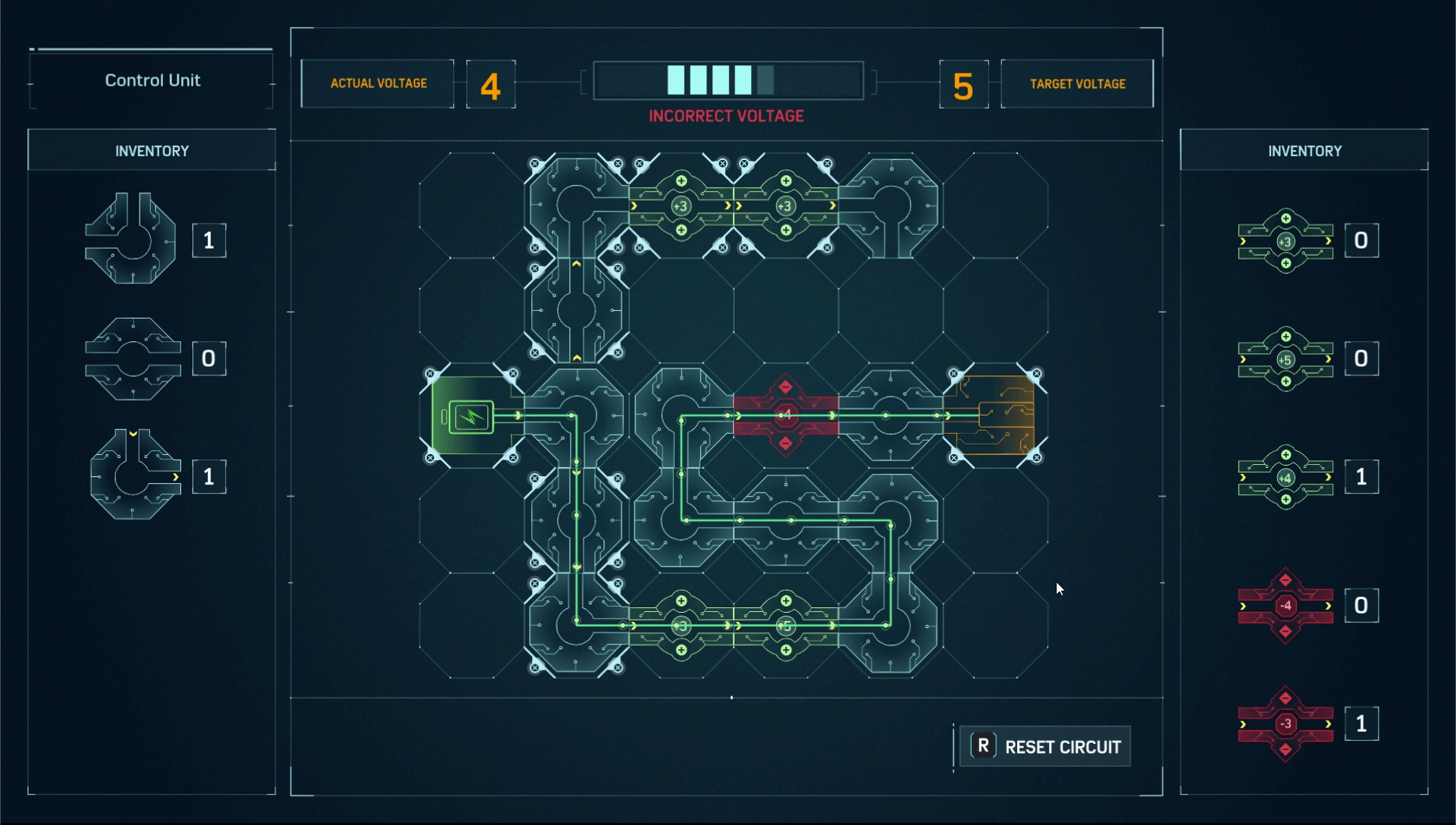
The last type of gameplay are the stealth sections with MJ and Miles Morales. There are several of these throughout the campaign. These weren’t challenging or engaging as far as stealth goes. Some of you may find them annoying though as you’ll have to restart them (thankfully from a checkpoint, and there are plenty of them) once you get detected. To be honest, I found these stealth missions to be somewhat pointless, and the story info that was presented through these sections could have easily been conveyed via cutscenes. I don’t think these stealth missions added anything meaningful to the gameplay experience, and while for me they did not detract from the experience, some may find that they do.
Issues
Marvel’s Spider-Man Remastered is a decent port, but I did come across several issues during my time with the game. A few graphics glitches, issues with RT reflections in metallic objects and HBAO+ not working at launch. These have thankfully been patched, and seem to work for most people now (I think), but not all, if the Steam forums are anything to go by.
However, there are two issues that are still present at the time of writing this review.
Firstly, performance degradation. After playing for a while the performance gets worse and worse until you restart the game, which fixes it. I believe this is only affecting some people.
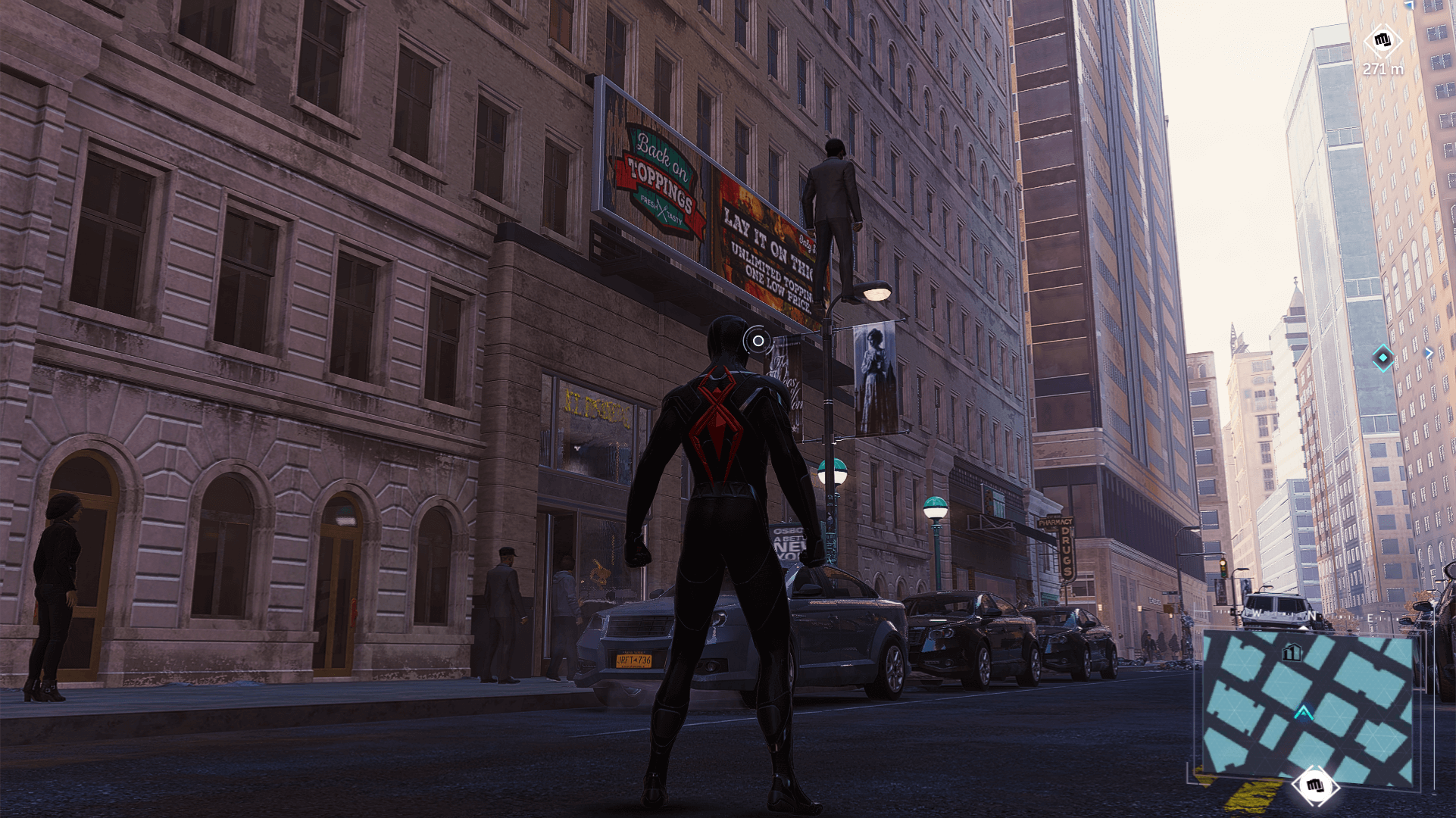
Secondly, and probably the worst of the two issues is the inability to aim properly while airborne during combat. When using the mouse and keyboard, the crosshair actively moves away from where you are trying to aim once you are airborne. This makes it impossible to use gadgets on enemies after you jump which is incredibly annoying and disruptive. As a result, I was forced to use gadgets only when I was on the ground which limited my options in combat. This really needs to be sorted out since it directly affects a large part of the gameplay and limits the freedom and options you have in every encounter.
In fact, I have chosen not to start my new game+ playthrough on Ultimate difficulty as a direct result of this. I have reported the issue and supplied Nixxes with several forum posts of others having the same issue. Hopefully, they sort this out soon since I’d really like to play through the game again.
UPDATE: I actually got an email directly from Nixxes informing me that the aim issue has been fixed in a patch released a few minutes ago (8th Sep 2022). After a short test, this has indeed fixed the issue.
Conclusion
All in all, Marvel’s Spider-Man Remastered is a great experience on the PC, and it’s a decent port. While it’s not perfect, I’d still highly recommend playing it at some point, especially if you are a Spider-Man fan. It’s not as open as some open-world games go, since it is a more focused experience, and can be completed to 100% (with all DLC) in less than 50 hours, or around 30 hours if you only focus on the campaigns and DLC story missions (with some side stuff). Regardless, it’s a high-quality title and certainly worth your time.

As with most games, depending on what type of gamer you are, your mileage will vary. I personally intend to replay the game on new game+ ultimate difficulty when they fix the mouse aiming bug I mentioned.
Before closing, the biggest issue I have is that Sony is trying to charge €70 for a 4-year-old game, when the PC releases of games like God of War and Days Gone came in at around €50. Even though it includes all the DLC, I don’t think it justifies the price, and I think it’s a little on the high side. Despite it being a great game, it’s a much harder pill to swallow at €70, and possibly even more difficult depending on what region you are in.
Should you pick up the game? Most certainly. Should you pick it up at full price… mmm… probably not. And, to be honest, I don’t think people choosing not to purchase the game at full price will change Sony’s stance on their pricing, but do we really need to encourage them?
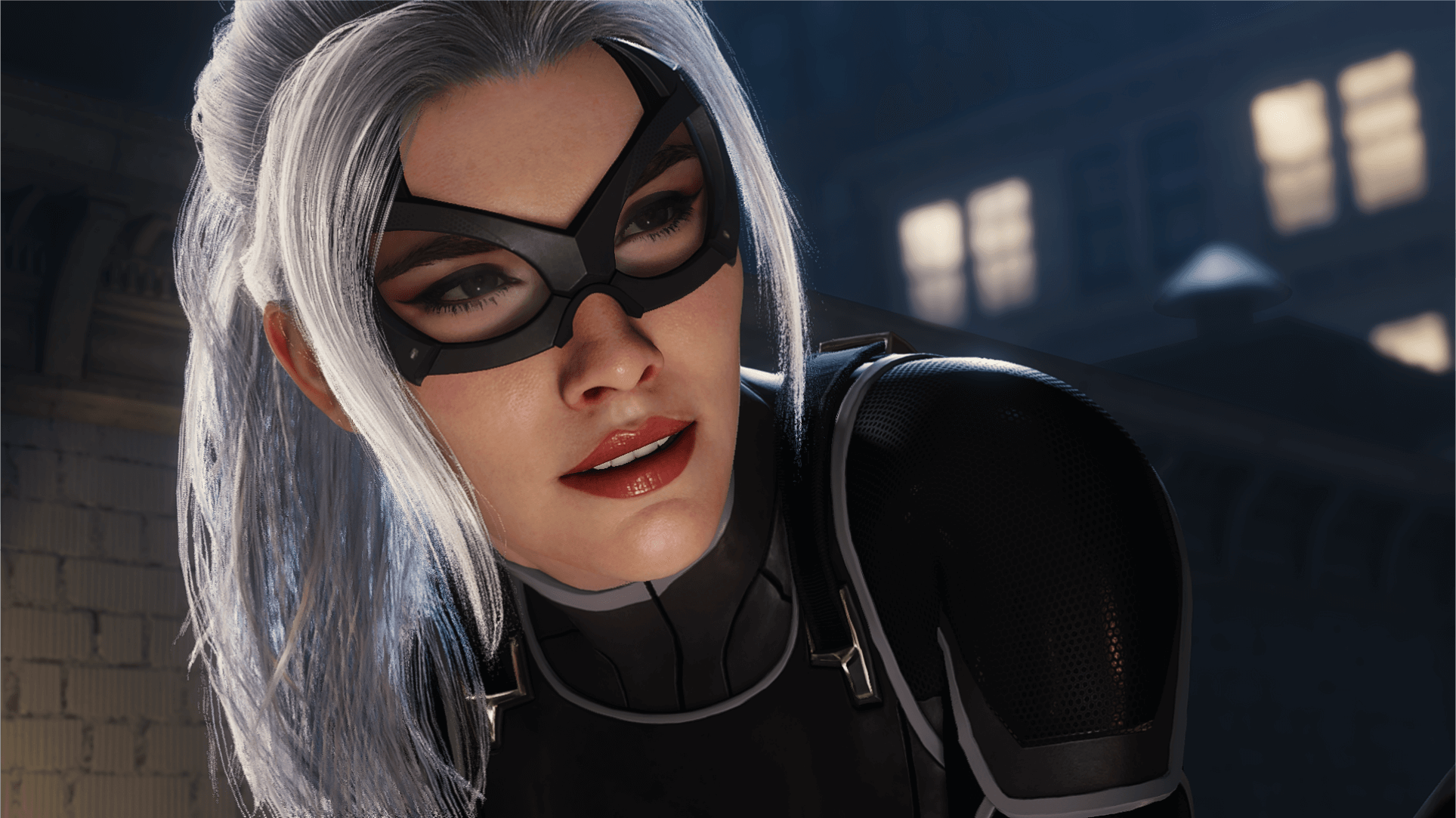
![]()
- Beautiful City
- Web slinging
- Enjoyable combat
- Replayable
- Story
- Decent port
- DLC included
![]()
- Some bugs and glitches
- Puzzles
- MJ & Miles Morales stealth sections
- Easy, even on harder modes
- Price
Computer Specs:
Windows 10 64-bit computer using an Intel i7-12700k, 32GB Ram, and an nVidia RTX 3080 graphics card.
Stephen is our resident kung fu master and reviewer. When he’s not kung fu fighting, he’s playing games, and has been since the atari 2600. He also runs his own YouTube channel called Particular Pixels, where he creates a variety of content related to PC gaming. He goes by the nickname Shaoling (not to be confused with Shaolin), which comes from his favorite PC game of all time, System Shock 2.

